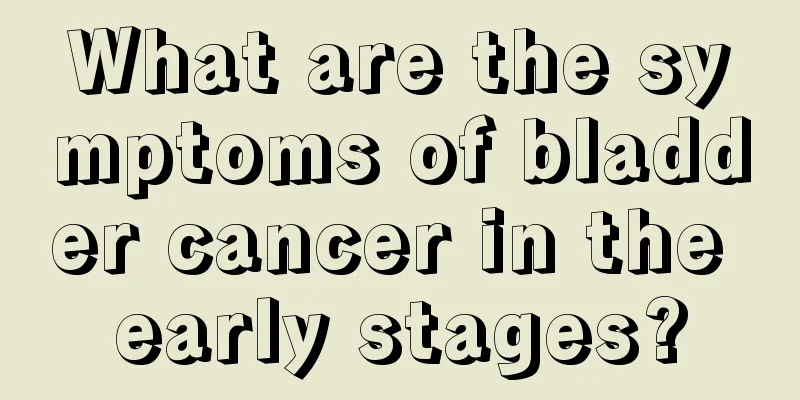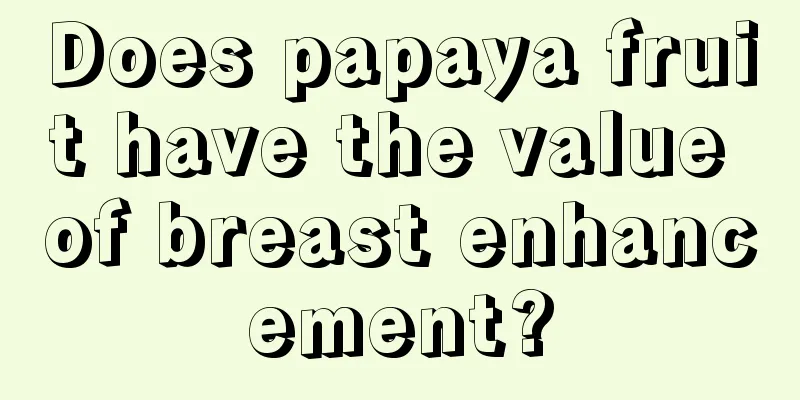Throbbing pain above left chest

|
Myocardial ischemia is a relatively common heart disease with a relatively high incidence rate among the elderly. For many elderly people, their physical health is relatively poor due to their age. If they suffer from myocardial ischemia, it will cause greater harm to their health. When patients feel a throbbing pain in the upper left chest in daily life, it is best to go to the hospital for some examinations. The throbbing pain in the upper left chest may be related to the heart, myocardial ischemia, and angina pectoris, and requires examination and diagnosis. In this case, it is recommended to go to the cardiology department of the hospital for a check-up and do a cardiac color Doppler ultrasound to see if there is any problem. Symptoms of myocardial ischemia: 1. Chest pain that tends to occur in the early morning should be paid special attention to around 6 a.m. Some elderly people endure the condition silently because they don’t want to disturb their family members, which can easily delay their illness. 2. Pain with a sense of oppression The chest pain symptoms of myocardial ischemia are a feeling of tightness, oppression or heaviness in the chest, often accompanied by anxiety or fear. Atypical manifestations include burning discomfort or dull pain in the chest. 3. Very similar to stomachache, the pain is located behind the sternum, slightly to the left or right, and the pain range is about the size of the palm. About half of the patients have chest pain that radiates to other parts of the body, such as the left shoulder, left arm, and inner side of the fingers. Also be aware that pain can sometimes occur in the upper abdomen, accompanied by nausea and vomiting, much like stomach pain. 4. Most chest pain symptoms caused by myocardial ischemia can be relieved. Generally, this type of pain attack can be quickly relieved by resting, removing the inducing factors, or taking nitroglycerin sublingually. However, if the pain is not relieved after taking nitroglycerin sublingually 2 to 3 times or spraying it in the mouth multiple times, it may be an acute myocardial infarction. Dietary treatment for myocardial ischemia 1. Too much food, especially high-fat food, is particularly difficult to digest and can greatly increase the burden on the heart, causing abdominal bloating and raising the position of the diaphragm, thereby restricting the normal contraction and relaxation of the heart. In addition, due to the need to digest food, more blood in the body is concentrated in the gastrointestinal tract, making the blood supply to the occlusive artery even more insufficient, thereby aggravating myocardial ischemia and hypoxia. It may even induce angina pectoris, myocardial infarction and endanger life. 2. Eating too much for dinner will cause greater harm. Because the blood flow rate is slower after falling asleep and overeating will greatly increase the blood lipids in the blood, causing them to deposit on the blood vessel walls, thereby affecting the elasticity of blood vessels and causing arteriosclerosis. Therefore, patients with coronary heart disease should avoid overeating. |
<<: Pain when pressing the spine in the middle of the back
>>: Heart rate when sitting and standing
Recommend
Can women still drink red wine after getting pregnant?
Pregnant women will become weaker after pregnancy...
Feeling the urge to urinate but not peeing much
Some people don’t like to drink water normally, b...
What is collagen extracted from
When it comes to collagen, most people are famili...
The "invisible killer" of liver cancer? These 3 are
Liver cancer is a terrible liver disease. In clin...
Detailed causes of malignant lymphoma
Malignant lymphoma is an immune cell tumor of lym...
What is the most effective way to treat rotten feet?
In fact, rotten feet are often a type of athlete&...
Does pregnancy with nasopharyngeal cancer affect the fetus?
Does pregnancy with nasopharyngeal cancer have an...
Does electrotherapy have side effects?
Electrotherapy is also a way to treat diseases. M...
Prostate cancer patients must pay attention to their symptoms early
According to medical research, prostate cancer is...
How many days does biochemistry usually occur?
As we all know, human chorionic gonadotropin can ...
What are the symptoms of bone cancer
Bone cancer mainly includes primary bone cancer a...
Why do I have breast pain during menstruation?
Menstruation is something that women both look fo...
Does moldy bean curd need to be cleaned?
Moldy bean curd is made by peeling and fermenting...
How to exercise in the early stages of esophageal cancer
Esophageal cancer is a common digestive tract tum...
Can ankylosing spondylitis be cured?
Patients with ankylosing spondylitis need to pay ...









